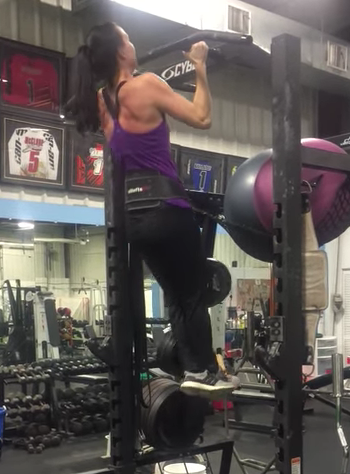
22 Feb Pull-Up Grip Shenanigans: Which One Is Best?
There are a plethora of hotly debated topics out there.
Early specialization. Income taxes. Chipotle vs. Qdoba. Universal healthcare. Keto.
But the one topic that is just as bellicose, with a side of ego-driven, snarky remarks is…
*drum roll please*
Pull-up grip.
I know, I know.
You were probably expecting to hear something as controversial as gun control laws, but I believe pull-up grip is up there.
In fact, the back and forth is so polarizing that it could have its own segment on CNN or FOX News.
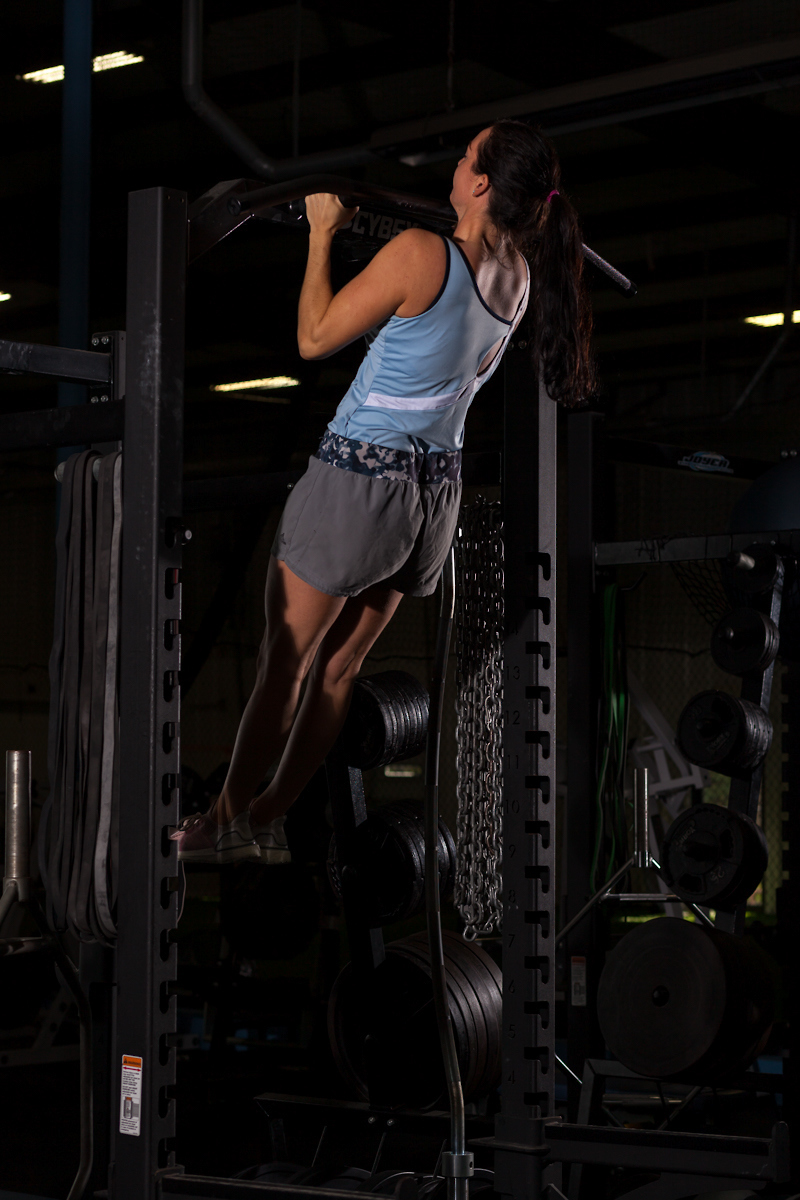
Should you do overhand grip?
Should you do neutral grip?
Should you do underhand grip?
Which is better?
What is ‘right’ vs. what is ‘wrong’?
What makes you more strong?
What makes you look weak?
What is legit?
What is cheating?
The answer: there’s no right or wrong, no strong or weak, no legitimate or cheating.
Someone’s choice of pull-up grip, to that end, depends.
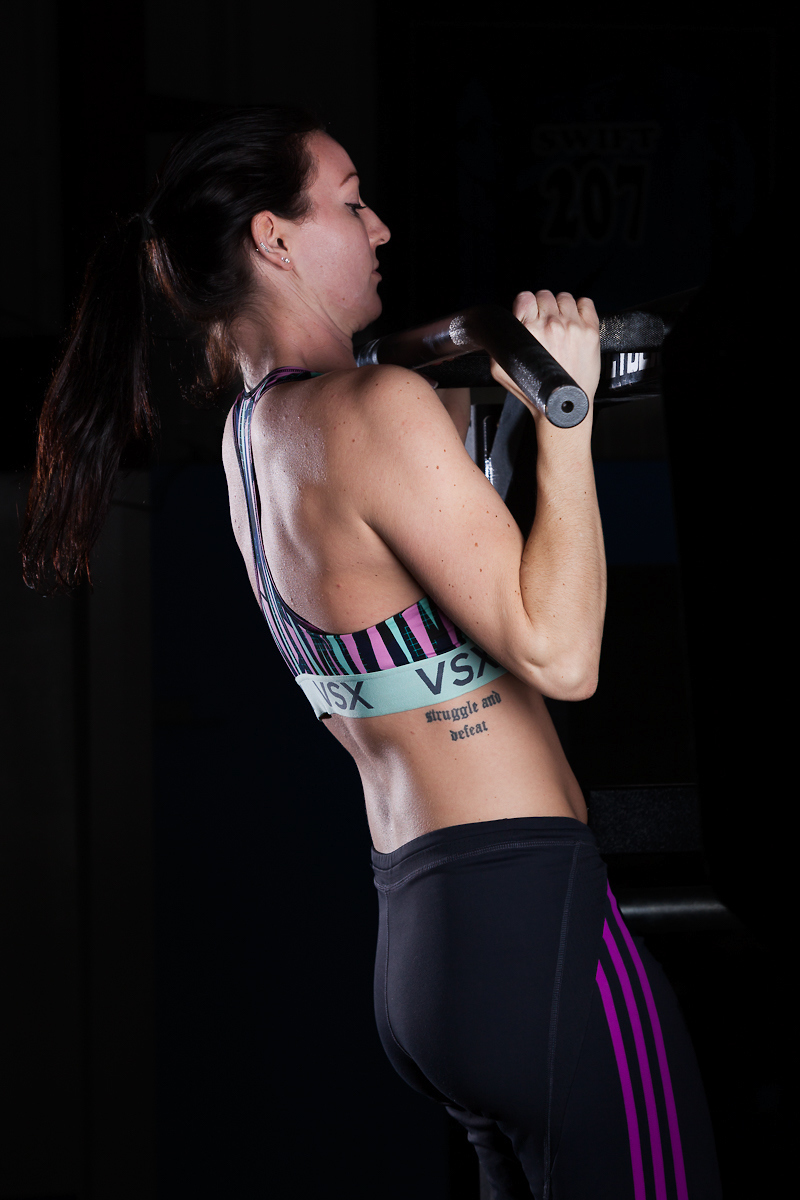
It depends on a multitude of factors, from shoulder health, to individual biomechanics, to preference, to mood, to sport performance goals, or I don’t know, the phase of the moon that night.
Beware of the internet troll, who utters, “chin-ups are cheating!”
Beware of the soul-less person who barks at teenage female athletes, “that’s underhand! That’s weak!”
Beware of the overhand zealots who scream, “do overhand grip! Underhand doesn’t count!”
Funny you say that, already tried it…
…with 15 pounds added.
Yes, this is impressive, but so is this with underhand grip with 25 pounds added:
Yes, it’s underhand, but that only means the anatomical position of the joint: supinated. Read this article by boss lady Artemis Scantilides that goes into what this means.
Too, I’d be remiss not to mention how hard it is to do with an added 25 pounds with this grip.
Just call me 2 Chainz. ;-O
To that end, pulling bodyweight and more against gravity is impressive.
Was I able to get more weight with underhand than overhand? Yes.
But did I feel more comfortable with my form doing underhand? Yes.
Was I able lift heavier and overcome plateaus in my program? Yes.
Was I able to activate my rectus abdominus more than conventional ab exercises? Yes.
And tenfold. Looking at the research, the “chin-up” has the most abdominal EMG activation. Go HERE to read about a study where pulling yourself over the bar is more of an ab exercise than planks, pallof presses, and ab wheel rollouts.
For the youth soccer population, the goal should be core stability, then as much strength as possible, so their bodies are balanced, namely, the trunk, when changing direction, decelerating, accelerating, and holding off defenders and high amounts of force.
Here, I could care less about the grip.
This core strength is impressive and dare I say, “sport specific”:
Essentially, when a team sport athlete is pulling themselves over the bar, I’m looking for several things:
– Straight body
– Tension in the glutes
– Minimal swinging <— no CrossFit, please
– No neck cheating
– A stoic game face
Most of my athletes opt for underhand or neutral grip because 1) it’s their preference and 2) they feel they have better form with a straight body and stable core, as well as better lat engagement with less internally rotated shoulders.
Core activation is critical.
Now, you may ask, ‘can’t you work toward better overhand pull-ups?’ Sure. But we can’t discount what people prefer based on their bodies.
Expounding further, looking to the work I do with young female athletes, I hear coaches and parents remark, “underhand is easier!” as if they want to take away from their achievements, newly found strength, and confidence.
It’s sad, to say the least.
A “chin-up” is just as impressive. Pulling your bodyweight against gravity is hard, and for that reason, I call a “chin-up” a “pull-up.” As Artemis mentions in her article, “PotAYto, potAHto.”
Too, we are still training core stability tied together with glute tension with both variations, which are two things that we must hone in on when pulling ourselves over the bar.
When we discount this amazing feat of strength by calling it a chin-up, which has a negative connotation, we undermine the hard work and consistency it took to defy gravity, and we take away from resilient strength of the trunk area.
As a coach to kids going through growth spurts and the vulnerable teenage years, it’s my job to make the base of their bodies strong as they go through whacky coordination disturbances. Moreover, it’s also my job to build them up and celebrate their accomplishments.
Do we really want our young athletes feeling defeated after months of consistency?
Yes, overhand grip is harder for some.
But neutral and underhand grip are challenging, too.
And so is alternate grip.
As so is ninja-warrior switch grip:
Whatever position you opt for, it’s amazing. Pull-ups showcase how strong our bodies can be, and what we are capable of if we stick to consistent training. According to a study done in the Journal of Strength and Conditioning, overhand and underhand are similar in their latissimus dorsi motor recruitment after all (Youdas 2010).
In another study in 2016 in the Journal of Electromyography and Kinesiology, results indicated that EMGPEAK and EMGARV of the shoulder-arm-forearm complex during complete repetitions of pull-ups and chin-ups were similar, despite the varying hand positions.
It is nice to see the research supports lat and trapezius activation for all grips, especially because the stronger these are, the easier it is to do movements like front squats or deadlifts.
Lat and trapezius recruitment = better posture for the heavy lifts.
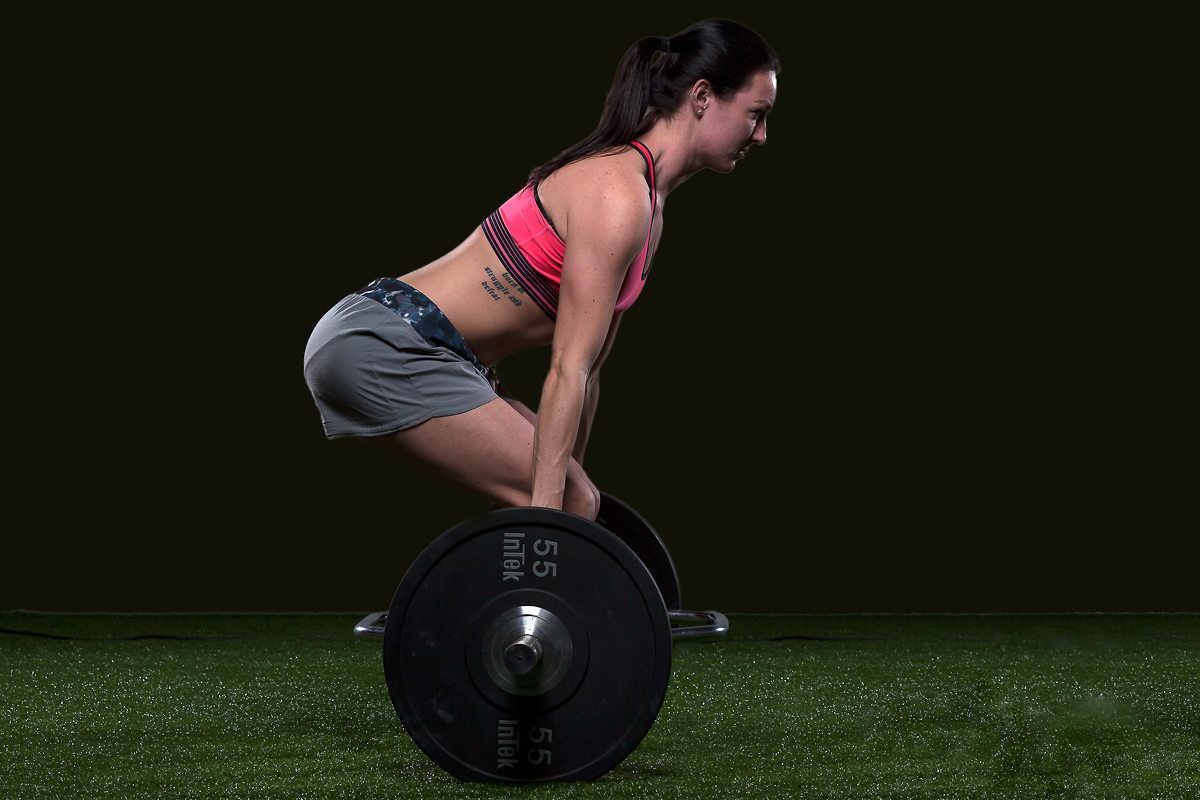
Shifting gears a bit, I’m going to get Martin Luther King Jr on ya’ll.
I have a dream.

A dream that one day people on the interwebz will stop criticizing out of jealousy and fear and insecurity.
A dream that everyone will be commended for where they’re at in their strength journeys.
A dream that humans will be forgiven for their unique body mechanics and preferences that are comfy for them.
A dream that humans sift through the research archives before making a comment on a post.
A dream that people are lauded for their strengths, not shamed for their weaknesses.
A dream that female athletes are not berated for their incredible feats of strength based on the anatomical alignment of the wrist joint.
And above all, a dream that all pull-up grips are championed, without judgement, and we allow the individual choose what they want to do.
REFERENCES
Youdas, JW, et. al. “Surface Electromyographic Activation Patterns and Elbow Joint Motion During a Pull-Up, Chin-Up, or Perfect Pull-Up™ Rotational Exercise.” Journal of Strength and Conditioning Research (2010): 3404-14, accessed August 26, 2014, doi: 10.1519/JSC.0b013e3181f1598c
James, D., James, F., Matthew, D., Lark, S. “Electromyography Analysis of Muscle Activation During Pull-Up Variations.” Journal of Electromyography and Kinesiology (2016): 32, November 2016, doi: 10.1016/j.jelekin.2016.11.004
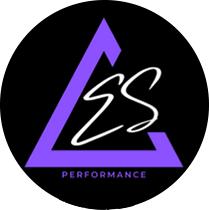

No Comments